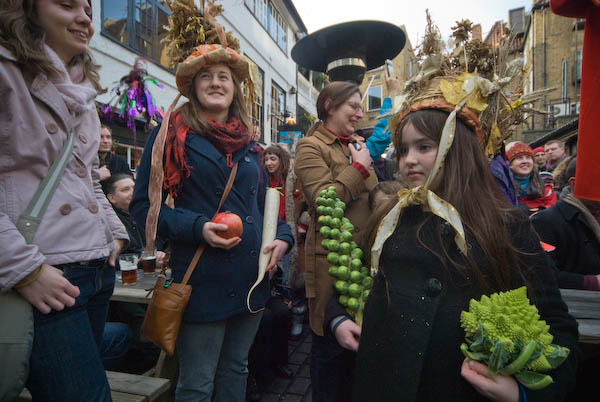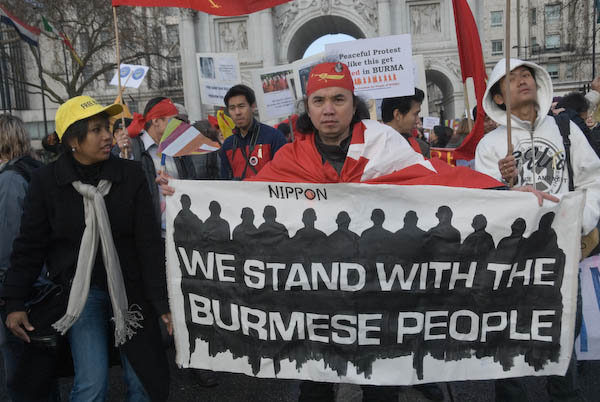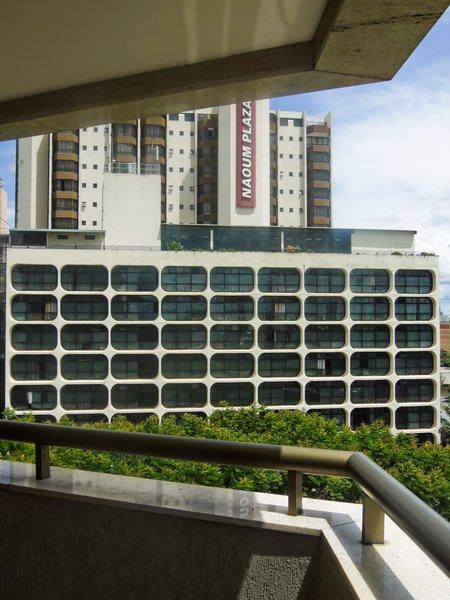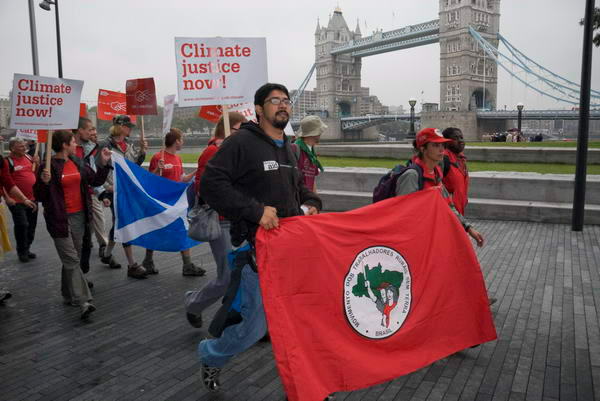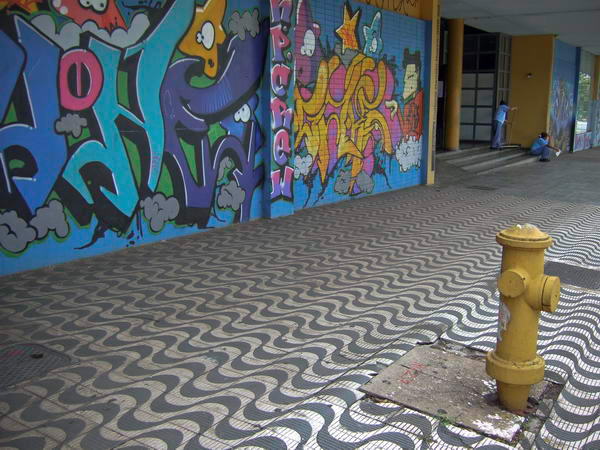From almost the start of photography, photographers have been recording the urban landscape. Thomas Annan, was commissioned by Glasgow City Improvement Trust to photograph the slums they were about to demolish. Roughly 40 of his pictures were published as carbon prints in a book in 1878, and with a few extra plates by his son, James Craig Annan, printed again as photogravures in 1900.
Similarly in Paris, Charles Marville worked for the city and other official bodies. As well as recording the buildings and areas that were to be demolished, he also made pictures of the new streets that replaced them. (You can also see a little of his work online at the Getty and MoMA as well as occasional prints at commercial galleries. (Unfortunately I can’t find a good French source of his images. There are 54 good thumbnails online at Scholarsresource but will need an account and payment to see larger images.)
In the early years of the 20th century, the great Eugène Atget was to cover similar territory, impelled by his own desire to record a French civilisation he saw disappearing, preserving this in his images which he sold to museums, artists and fans of Old Paris.
Although his work could always be seen in museums and collections in Paris (where I first came across it, at the Musee Carnavalet), it was for many years largely forgotten by photographers. In America, Berenice Abbott, who had bought the residue of his personal collection after his death, continued to publish and promote his work, but it was only in 1964 when she published the book “The World of Atget” that he began to be a significant influence on photographers in America and around the world including myself. As well as the selection on Luminous Lint (link above,) there is a superb collection of almost 500 of his images on line at George Eastman House.
John Thomson, another fine Scottish photographer, is now best known for his book ‘Street Life in London‘, made with writer and socialist reformer Adolphe Smith, one of the earliest classics of photographic documentary, and published in 1877-8. The photographs were printed using the Woodburytype process, one of the first methods for the volume production of photographs which were essentially carbon prints. Although his work was not urban landscape, the work both pictures and text by both Thomson and Smith was important in a campaign to get improved flood protection for the poorer areas of London.

Renovation in Bedford Park, 1987 (C) Peter Marshall
The Bedford Park estate, in the borough where I was born in West London, was started around the same time in 1875 and was the world’s first Garden suburb. Much of the property was in a sorry state of decay by the time I first knew it, in the 1950s, but it has since gone up considerably in the world. Most of the buildings were designed by architect Richard Norman Shaw, and it set a pattern for suburbs around much of the world, including many on a rather less grand scale.

Monk’s Orchard, a 1930s development, LB Croydon, London, 1995.
(C) Peter Marshall
The ideals of the Garden City movement were clearly stated at the turn of the century by Ebenezer Howard, who aimed to produce communities that were self-contained, carefully balancing housing, agriculture and industry, and combining the best of town and country living while avoiding their worse problems.

Cité Jardin in Stains, near Paris. (C) Peter Marshall, 2005.
England’s first environmental charity, The Town and Country Planning Association, was founded by Howard as the Garden Cities Association in 1899 (you can download a largish well-illustrated pdf of its centenary publication.) It still has the original aims of promoting well-designed homes in an environment on a human scale, and sustainable development. It also tries to empower people to influence the planning decisions that will alter their lives.

Brentham Garden Suburb, developed from 1901, Ealing, London, celebrates its 100th May Queen festival. (C) Peter Marshall, 2006
Howard’s was a utopian vision, deriving much from earlier utopias, probably including ‘News from Nowhere‘ written in 1890 by the great English socialist thinker and designer, William Morris, in which the idea of the garden plays a key role. In it Morris wakes up in a future England which is his dream of a better society, set at a date not far from the present day, and makes a journey into the centre of a rather different London, finding out on his way about the incredible changes that have occurred since his times.
In one of many answers to his questions about the new England, Morris is told that by the mid-twentieth century England had become “a country of huge and foul workshops and fouler gambling-dens, surrounded by an ill-kept, poverty-stricken farm, pillaged by the masters of the workshops.” Not quite the language I would use, but not entirely an inaccurate description.

Manor Gardens Allotments, demolished in 2007 for the forthcoming London 2012 Olympics. (C) Peter Marshall, 2007
The answer continues “It is now a garden, where nothing is wasted and nothing is spoilt, with the necessary dwellings, sheds, and workshops scattered up and down the country, all trim and neat and pretty. for, indeed, we should be too much ashamed of ourselves if we allowed the making of goods, even on a large scale, to carry with it the appearance, even, of desolation and misery.”
Morris was writing in 1890, significantly it was before the age of the car and plane, but his is a vision that does perhaps have some relevance to our current problems, although for various reasons not least that we failed to have the socialist revolution of which he dreamed in Britain it has yet to become true.
An effective response to our environmental challenge will require a radical shake-up of our political and economic systems, one that looks at sustainable lifestyles and the elimination of both wasteful production and wasteful consumption. Like Morris, I think it will require a far more local and people-centred approach. I think we also share the view that essentially it is shared ideas culture rather than the economic base that determine the evolution of our civilisation, although the twentieth century has provided a greater awareness of the finite limits within which these have to operate. As some of the placards I photographed recently put it, There is no Planet B.
Unfortunately, what came next after Morris was a twentieth century obsessed by ideas of growth and progress, increasing Gross National Product (whatever was being produced) and the motor car, which drove us all in this very different direction. Instead of carefully planned environments, we got roads and ribbon development along them, and urban sprawl, both entirely dependent on the car. Along with this came vehicle emissions, road deaths, decreased personal interactions, increased transport costs and more.
Continued in Under the Car
*NOTE
This post is one of a series based on the talk “Photography and the Urban environment” given by me at Foto Arte 2007 in Brasilia in December 2007. Previous posts in the series include ‘Under the Car‘ and ‘Architecture and Urban Landscape photography.’
Peter Marshall



